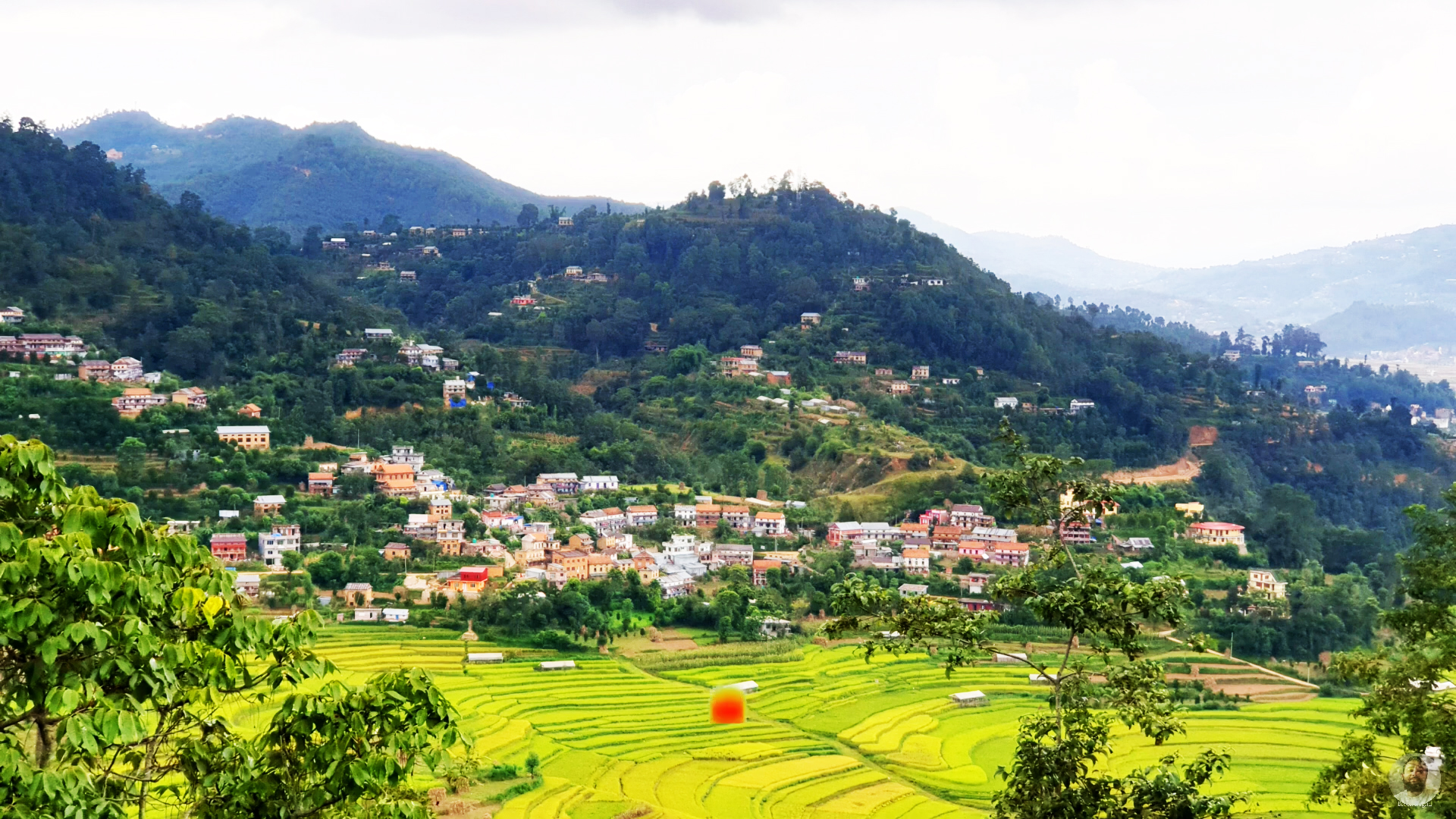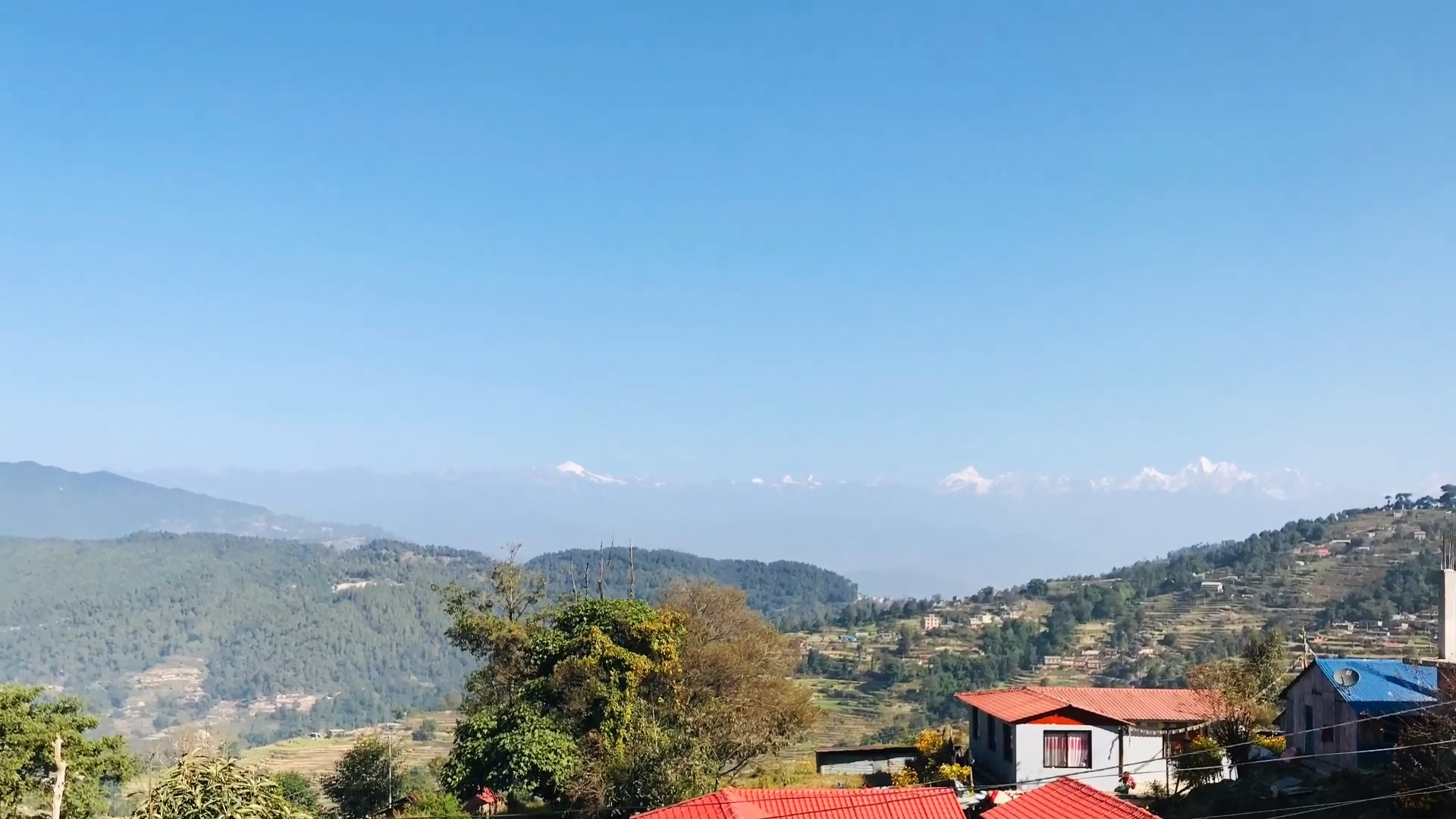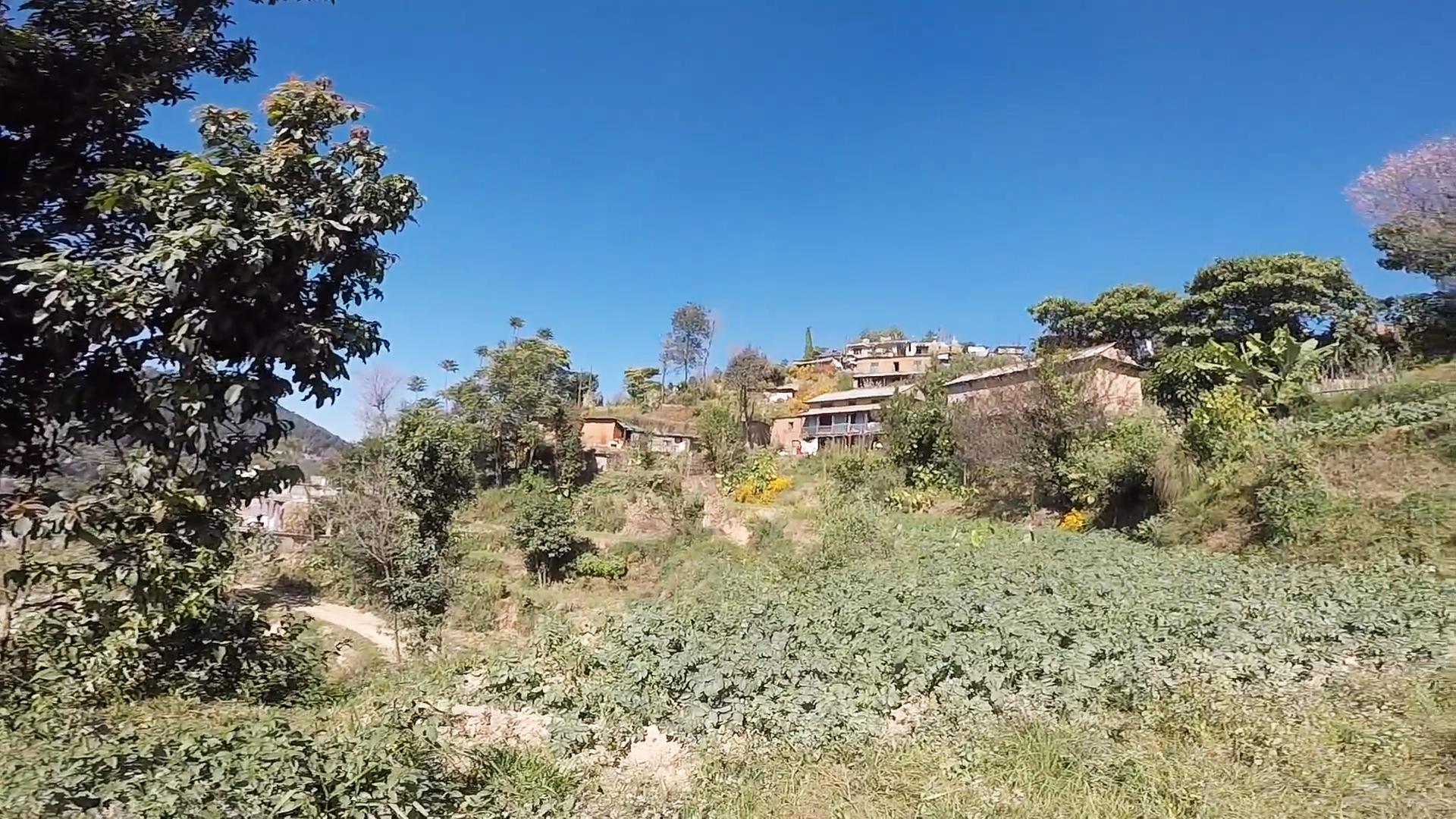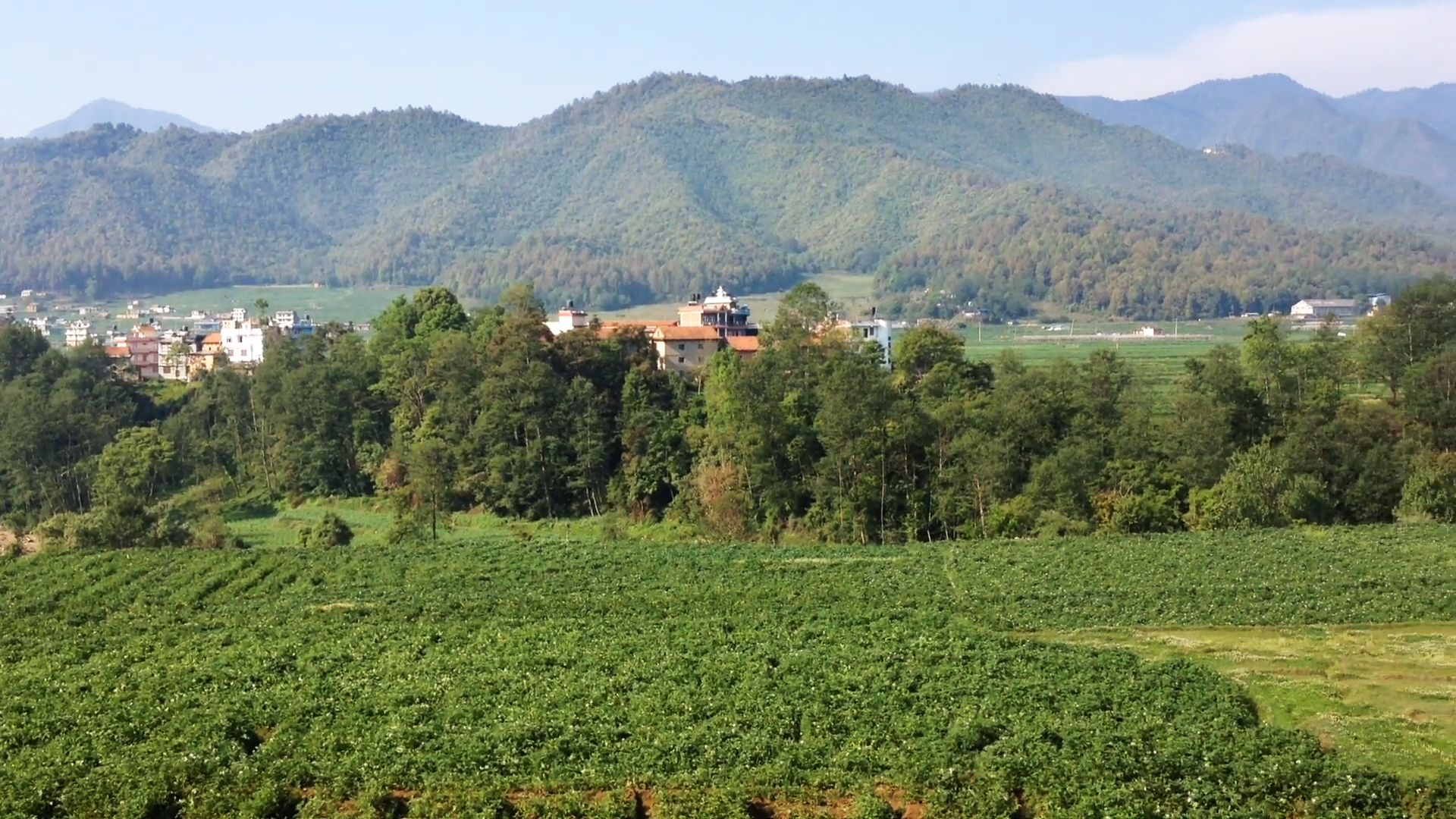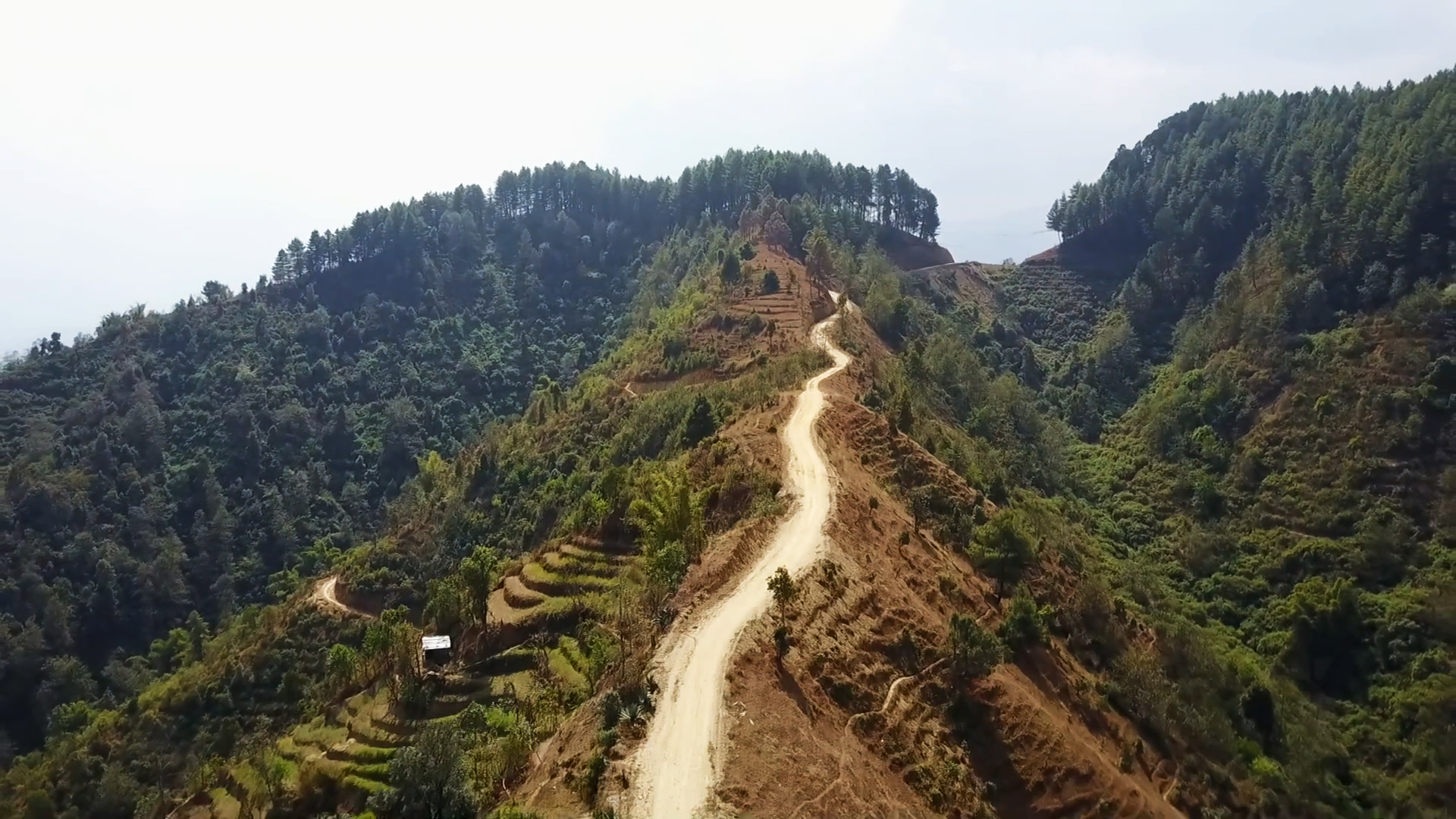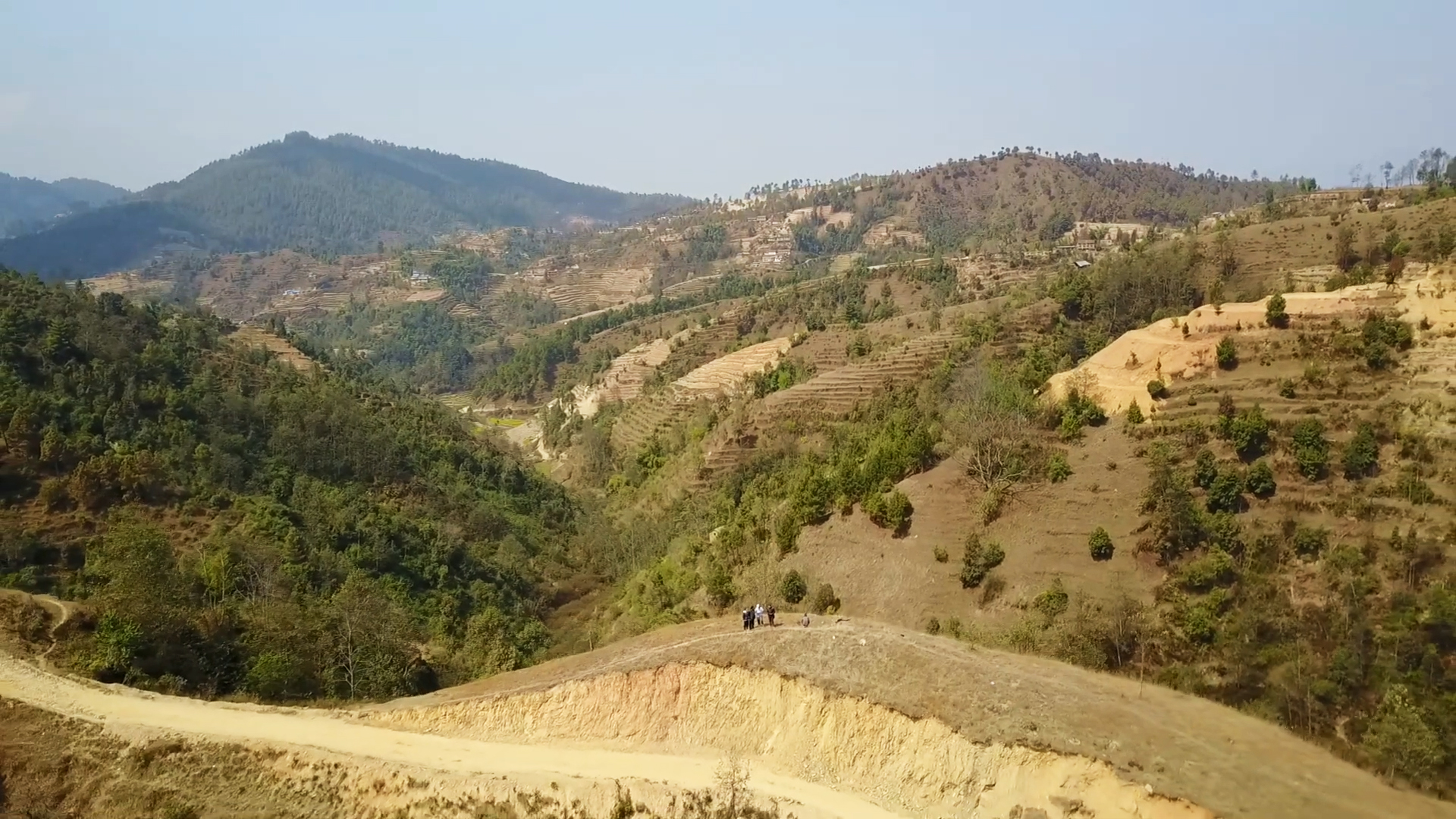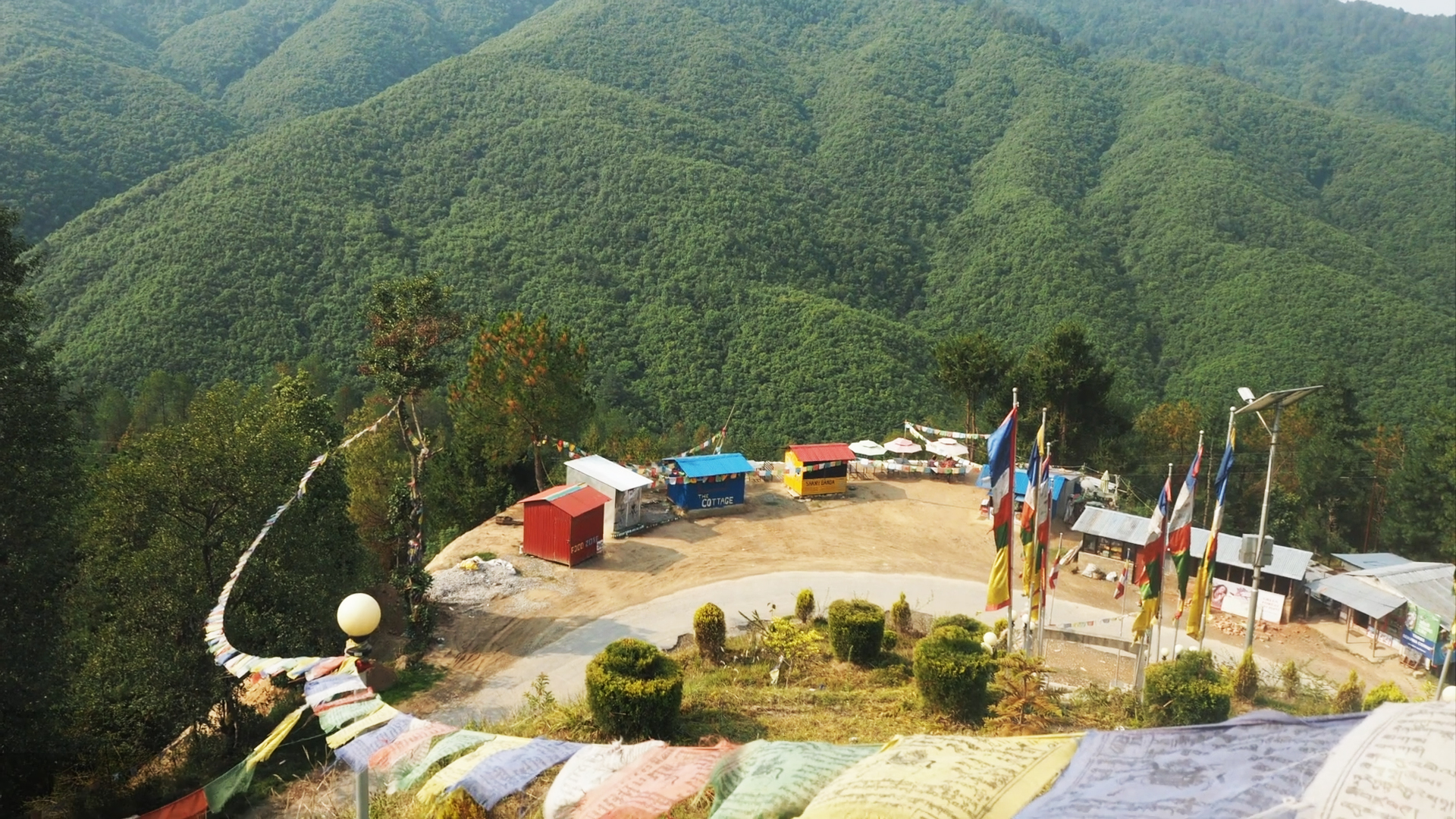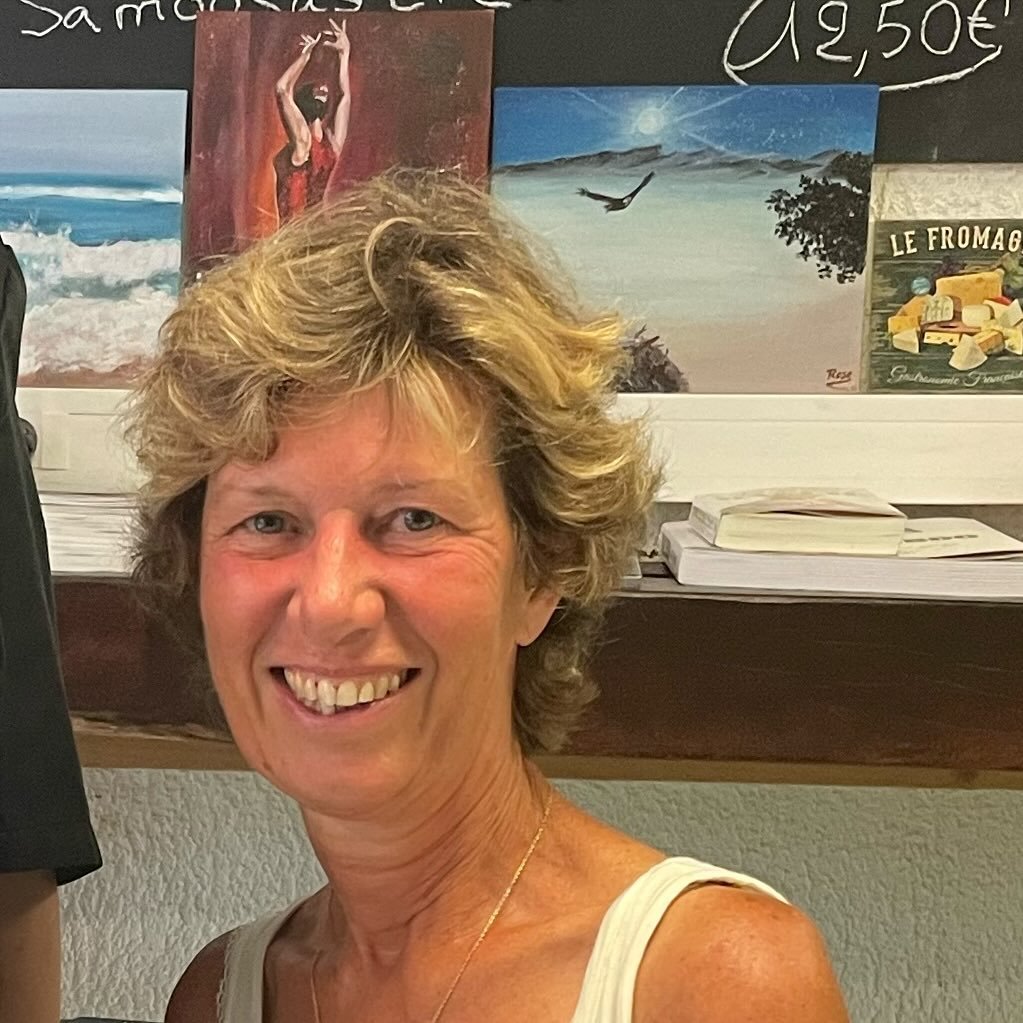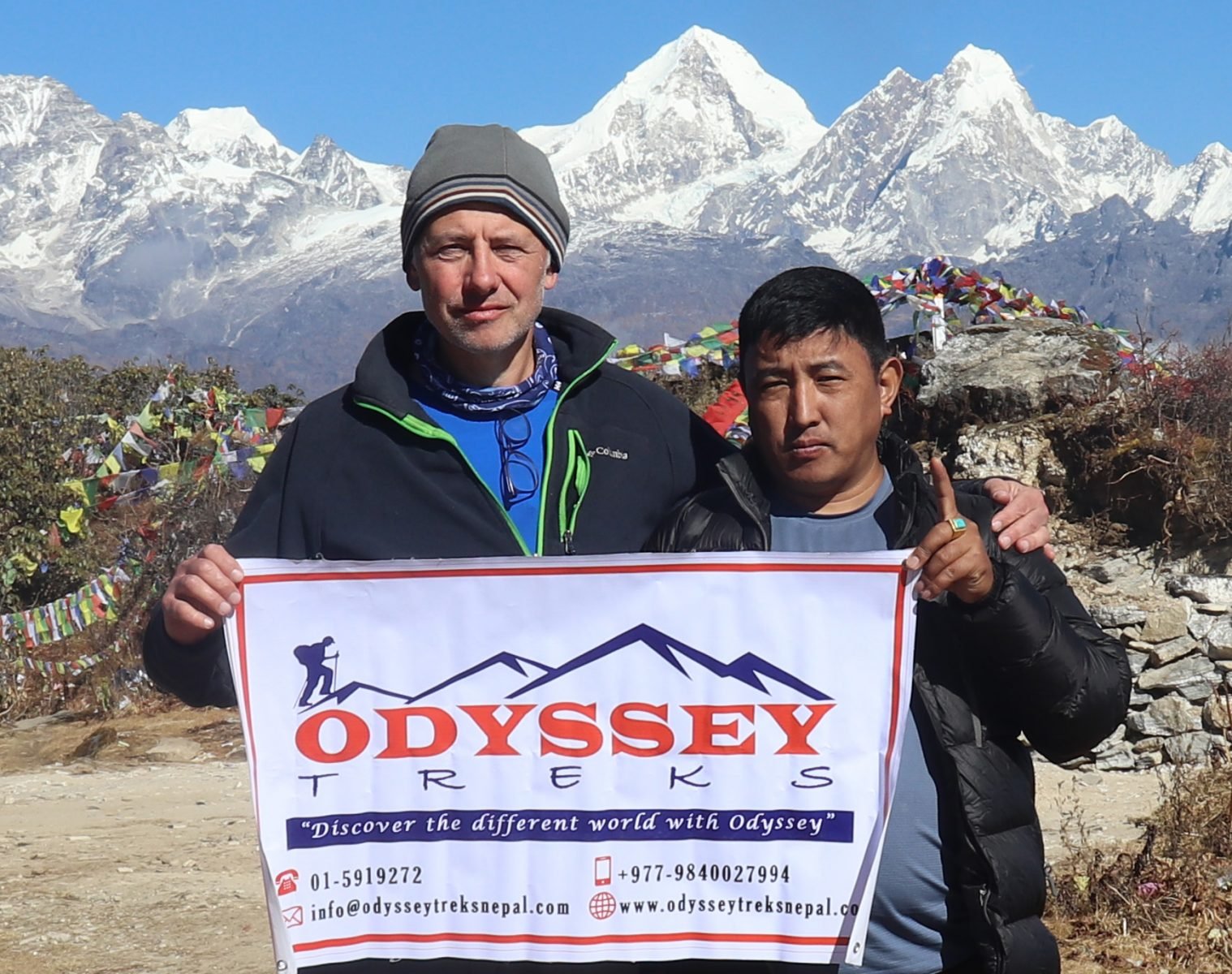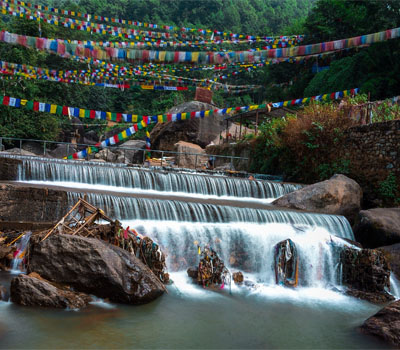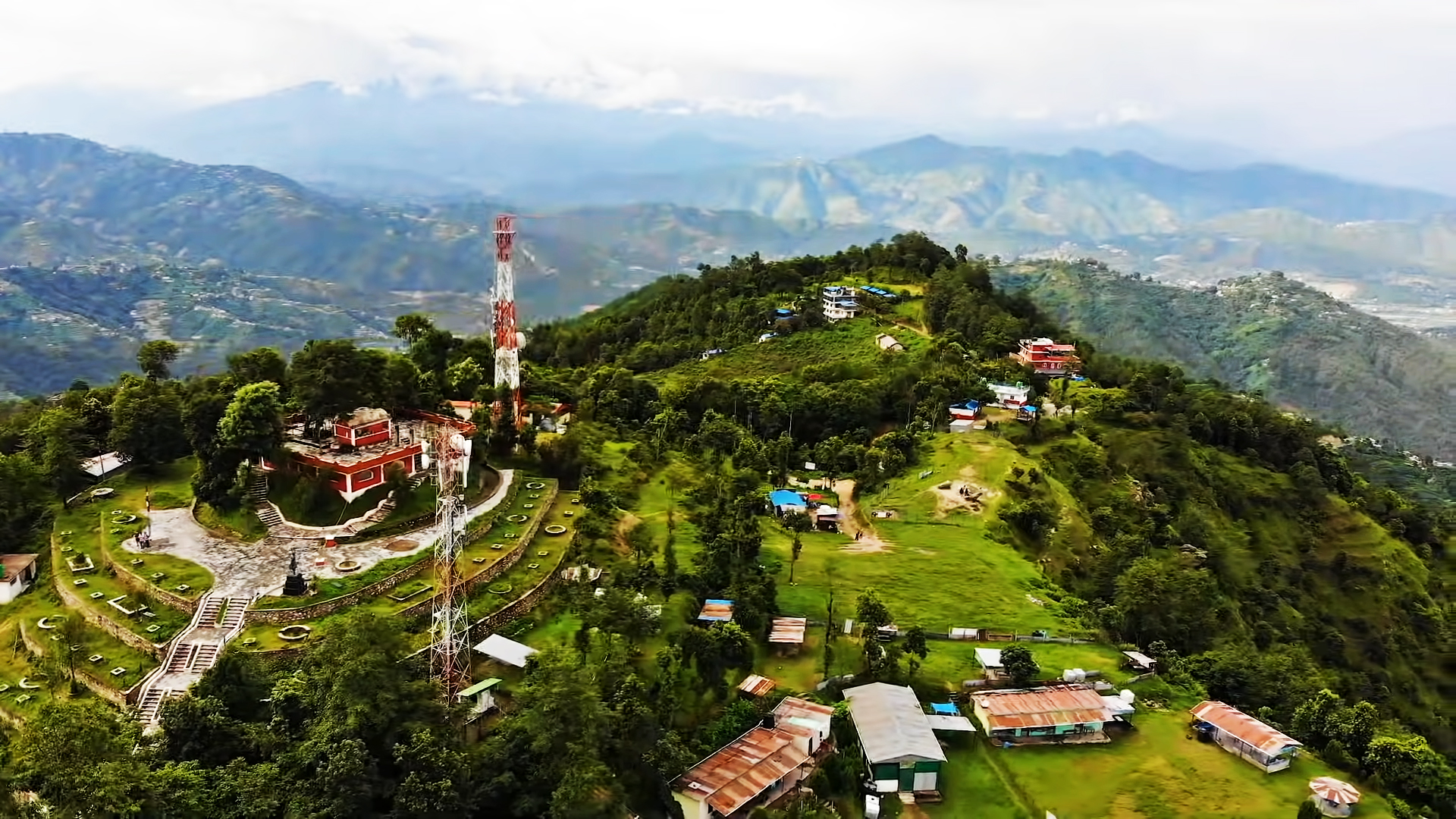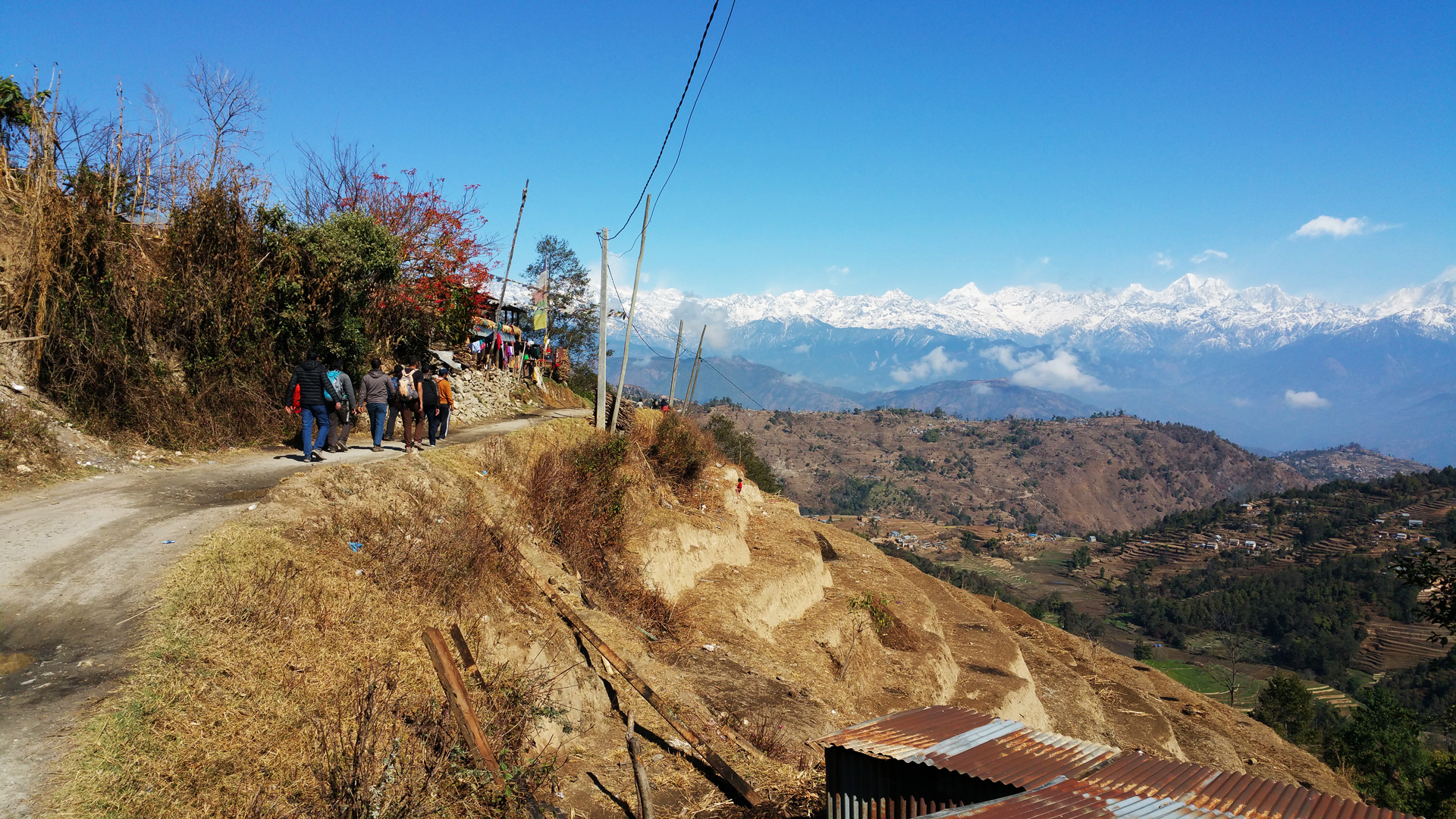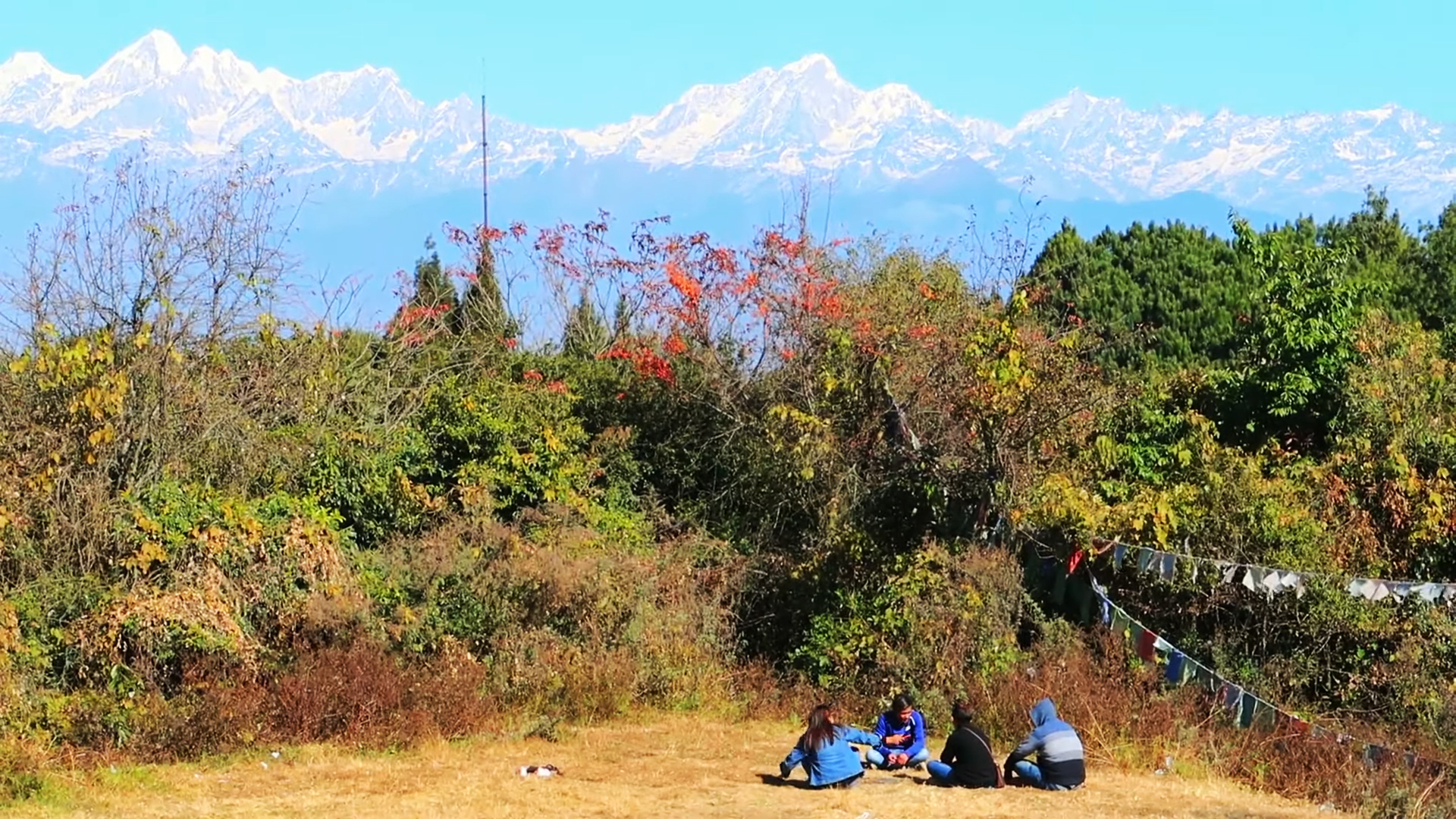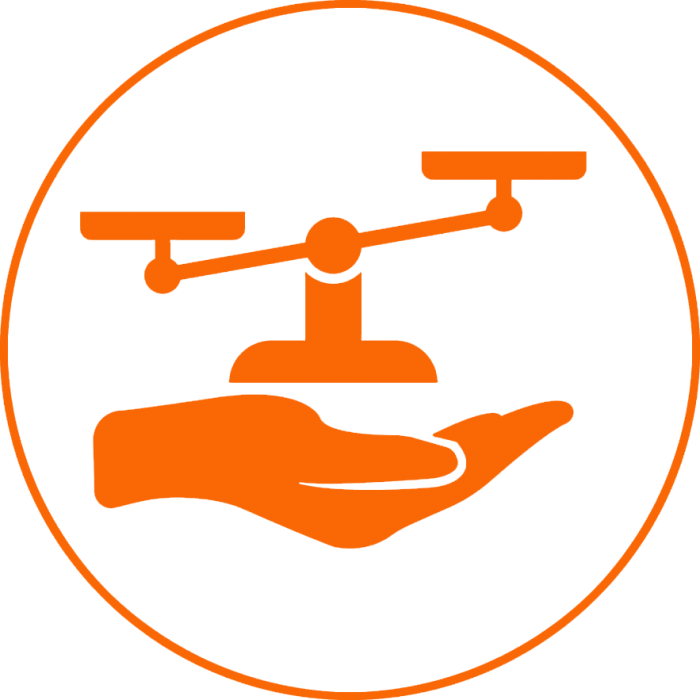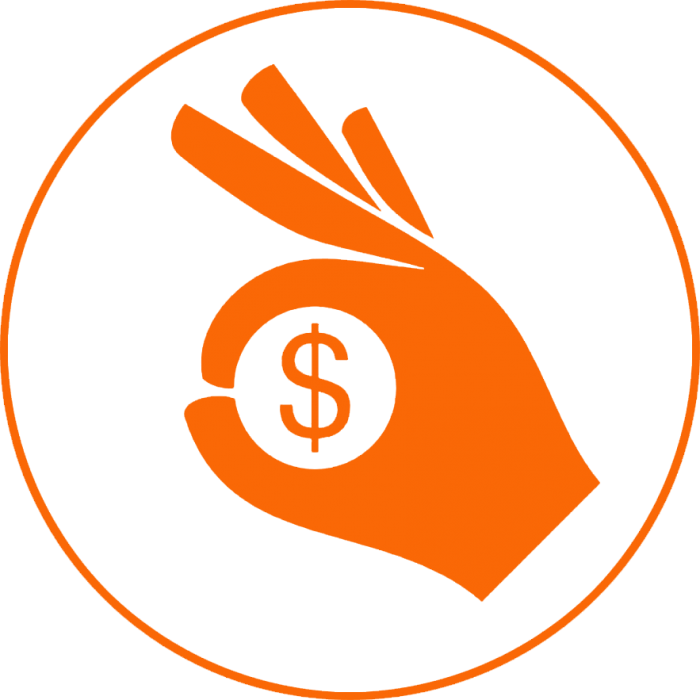Trip Overview
Introduction to Balthali Village Trek
Balthali Village Trek is perfect for travelers who want to spend a short and easy holiday with their families. Presenting beautiful views of the hills around Kathmandu, it is an ideal trip for the unique life, culture, and religion of different ethnic groups in the countryside. Balthali Village Trek is perfect for travelers who want to spend a short and easy holiday with their families. During the trip, you will have the opportunity to see the scenery of Langtang Himal, Ganesh Himal, Dorje Lakpa, etc.
If you have limited time in Nepal, can’t go hard, and long day trekking but want to experience trekking in Nepal then Balthali hiking is a great option. Balthali Village Trek is also a choice for people who enjoy nature with some distance away from the busy and crowded city. The village is close to Kathmandu, full of green fields and human settlements, but they are still farmers and able to follow the traditional way of life.
Balthali Village Trek will be enjoyed during your short stay in Nepal which attracts the natural environment, local’s lifestyle, history, traditions, customs, and religion. You will have a great opportunity to interact with the local people of the village and learn about their lifestyles which will add another wonderful experience to your journey.
You may like to visit: Nagarkot – Dhulikhel Trek in just 3 days, itinerary, cost, distance, map
Visit Changunarayan Temple
Your Balthali Village Trek starts after an hour’s drive to Changunarayan where you visit the ancient artistic Hindu temple of Changunarayan. The temple is a UNESCO World Heritage Site and is the oldest pagoda-style Hindu temple in Nepal. After the tour, we proceed to Nagarkot which takes 4 hours to reach.
Nagarkot is the most popular viewpoint near Kathmandu, from where you can see the magnificent mountains, rice terraces, amazing landscapes, green hills, and beautiful settlements.
After an overnight stay, we head towards Dhulikhel. After walking for about 6 hours, you reach Dhulikhel, a small town of culture and temples. Dhulikhel is a small town with a history of more than 500 years, mostly inhabited by the Newar community. The next day you walk to Namobuddha. After 3 hours of walking, you reach the place of Buddhist culture.
Visit Popular Monastery in Namobuddha
The monastery at the top of the hill is popular among Nepali Buddhists. This hill offers 360-degree views of the valley below which makes it a popular trip. People believe that Namobuddha is a perfect place to study Buddhism and meditation. You can stay overnight inside the monastery or stay at a guest house outside. If you spend the night in a monastery, dinner and meditation with a monk can be a lifelong memory.
The next day you walk again for about 5 hours to reach Balthali village. Balthali is a small but culturally rich village located 40 km east of Kathmandu. This Village offers a variety of flora and fauna that nature lovers and bird watchers can enjoy. Discover the surrounding villages, fine rice fields, traditional farmhouses, and colorful rhododendrons covering the mountains.
General fitness is enough to make this easy and short trip. Spring and autumn are the best time for trekking. But with easy and short trips, you can do this trek at any time of the year.
You may visit: Dhaulagiri Trek in just 17 days, Cost, Itinerary, Trek in Nepal, Maps
Trip Itinerary
Drive Kathmandu to Changu Narayan (1 hour) and trek to Nagarkot - 4 to 5 Hours walk.
Nagarkot to Dhulikhel – 6 to 7 hours walk.
Dhulikhel to Namobuddha – 3 to 4 hours walk.
Namobuddha to Balthali – 5 to 6 hours walk.
Balthali to Khopasi (an hour walk) and drive to Kathmandu (2 to 3 hours).
Why not list the price?
Each client's needs may be different. The price of the trip varies according to the size of your group and the service you want. The cost of the trip is calculated according to the type of service and accommodation chosen by our customers.
Each trip is customized to fit the client's needs and group size, so the price of each organized trip is different. Please let us know the service you want and the size of the group. We create trips to suit your taste and travel budget per your requirements. Hope you find our price calculation reasonable according to your needs and preferences.
Frequently asked questions about this trip
How difficult is the trek?
The difficulty depends on where and how long you want to trek. The short trek is easy while the long trek requires some physical fitness.
What is altitude sickness?
Altitude sickness is normally known as acute mountain sickness. This can happen when people rapidly climb up to an altitude of more than 3000 meters. We ensure minimal risk by adding rest to our trekking itineraries. Most people will feel some effects of altitude, some shortness of breath and possibly light headache, this is normal enough. Acute mountain sickness patients are quite different and usually have a serious headache, sickness, and lose awareness. In almost all possible cases there are sufficient warning signs to take action properly. Descending to a lower altitude is usually enough to prevent any further problems.
What type of accommodation is available during the trekking?
There are mainly tea houses and lodges available for trekking and they are usually made using local materials and are very comfortable. These accommodations are often family-run and usually provide single and double rooms. The dining room is on the ground floor and is often on fire. All food will be cooked in order in the family kitchen. Toilet facilities are sometimes separate and sometimes outside. Most lodges provide mattresses and blankets. It's a good idea to always have a sleeping bag, which can be useful, and perhaps an inflatable pillow.
How long do we walk every day on trekking?
Trekking programs are classified into three different categories: soft, moderate and hard. Soft treks are only about 7 days to 10 days in duration. They generally do not go above 4000 meters; you can expect to walk about 4-5 hours each day. Moderate treks are challenging enough and long treks that go to the high hill country. Physically exhausting, this involves trekking along the cliffs of the mountains for about 6-8 hours. Harder treks are longer treks that go farther away from the general abode of trekkers and tourists. These physically challenging treks involve walking for 7- 9 hours each day.
How much weight do I need to carry on the trek?
You carry some of your personal belongings, such as warm clothing, water, snacks, sun block, cameras and more. Generally, these items will be lightweight, from 5 to 10kg (10 to 20 pounds). Our porters are available for other heavy goods and for your information one porter would be sharing by two people. The maximum weight carried by one porter is total 20 kg. this means 10 kg. per person is allowed for the trek. In case if you wish to carry more than this weight then you need to hire additional porters.
What is the best time for trekking in Nepal?
October and November are considered as the best times for trekking in Nepal due to dry season. December and January are also considered good times for trekking but it is extremely cold at high altitudes.
Google Reviews
Guest reviews
Thank you a lot for your organization about my trek. It was a superb experience; all was perfect. Karma is a very nice person and a good guide. I appreciated trekking with Odyssey (a reliable Nepal trek operator). If I come back to Nepal, I will be happy to...
Have just returned from my fourth trip to Nepal and as always Odyssey Treks organized everything superbly. We visited Makalu relatively late in the season and were rewarded with empty trails and amazing weather. Karma was as entertaining, friendly, and informative as ever along with Ang Dawa Sherpa who...

